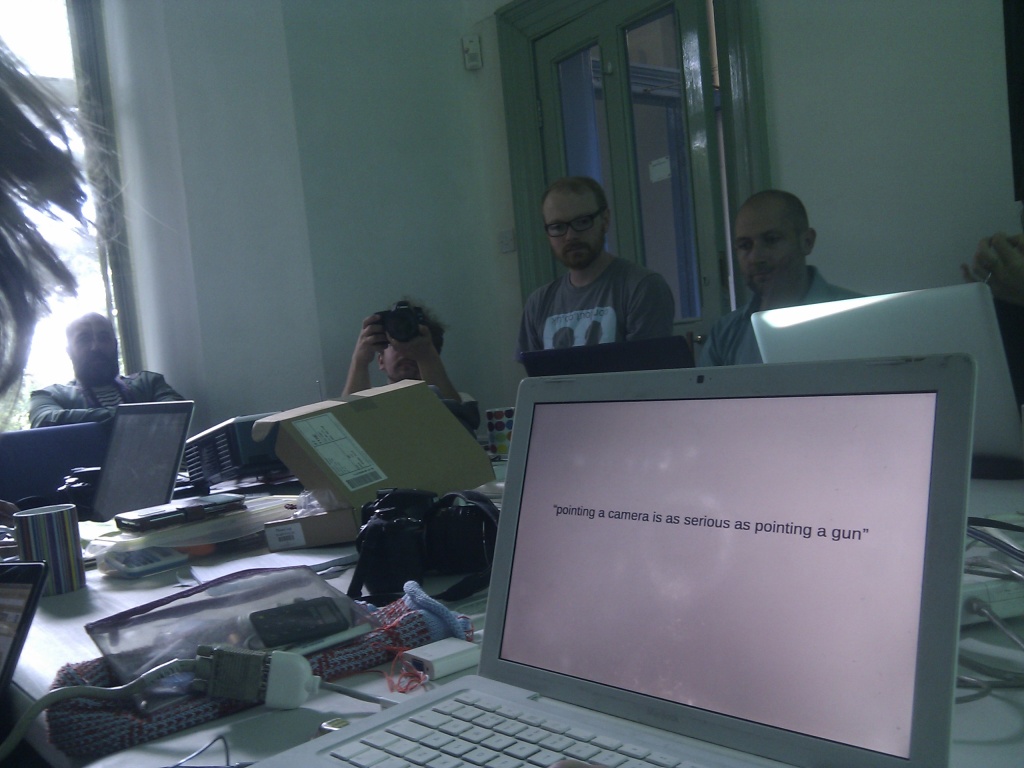I talked today a little about some of the projects I have worked on, before discussing the idea of bundle publishing as a form of digital magazine. The premise of bundle publishing is to edit a large collection of digital content and then publish it on a specific date as a single, large file over a distribution system like bittorrent. It is inspired in part by the Humble Indie Bundle initiative. It draws on the language of traditional media distribution models such as journals, compilation albums and magazines, and sits at odds with the current trend for constantly updating, live streaming media of twitter feeds and online video. The motivation for considering the potential of bundle publishing stems from specific requirements in support of distributing tools for anonymised pseudonymity regularly to large numbers of people (with deniable intent to use the tools), but grows to suggest a broader domain of digital distribution, and model for interaction within digital public space.
I would like to think about what it would take to create a bundle publication documenting the Digital Media Labs week at Octopus. My model for thinking about this is Aspen magazine. As the archive on the magazine on Ubuweb describes it:
Aspen was conceived by Phyllis Johnson, a former editor for Women’s Wear Daily and Advertising Age. While wintering in Aspen, Colorado, she got the idea for a multimedia magazine, designed by artists, that would showcase “culture along with play.” So in the winter of 1965, she published her first issue. “We wanted to get away from the bound magazine format, which is really quite restrictive,” said Johnson.
Each issue had a new designer and editor. “Aspen,” Johnson said, “should be a time capsule of a certain period, point of view, or person.” The subject matter of issue number 1 and issue number 2 stayed close to the magazine’s namesake ski spa, with features on Aspen’s film and music festivals, skiing, mountain wildlife, and local architecture. Andy Warhol and David Dalton broke that mold with issue number 3, the superb Pop Art issue, devoted to New York art and counterculture scenes.
- Almost every issue of Aspen included at least one phonograph recording.
- Aspen no. 5+6 included a reel of motion picture film, in the Super-8mm format.
- Aspen 3 included: Twelve cards reproducing artworks in the collection of Thomas Powers, annotated with comments by the artists and the collector. Underground movie Flip Book. Snippets from Jack Smith’s “Buzzards Over Bagdad” and Andy Warhol’s “Kiss.” Ten Trip Ticket Book. Resembling a book of tickets, excerpts from fourteen papers presented at the Berkeley Conference on LSD.
What would a digital version of Aspen be? If you had 1 Tb of space for example, what file formats would this open up for you to experiment with? This is one of the key things I would like to keep in my mind during the week. A focus, but not much of a prescription of what should be made, which suits the flexible format of the lab.
